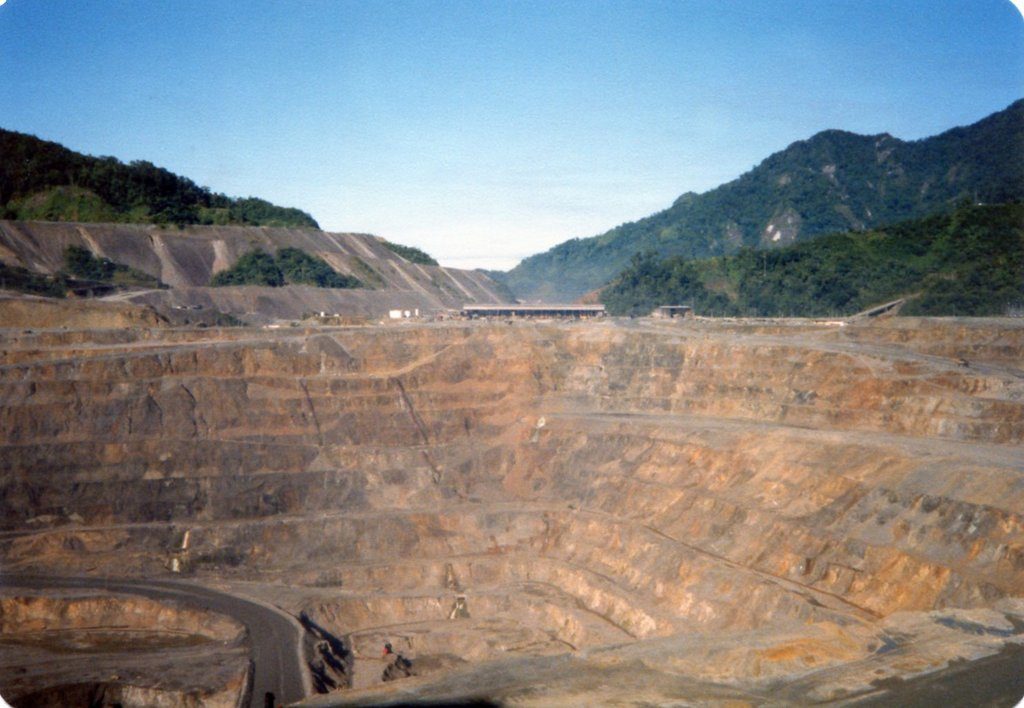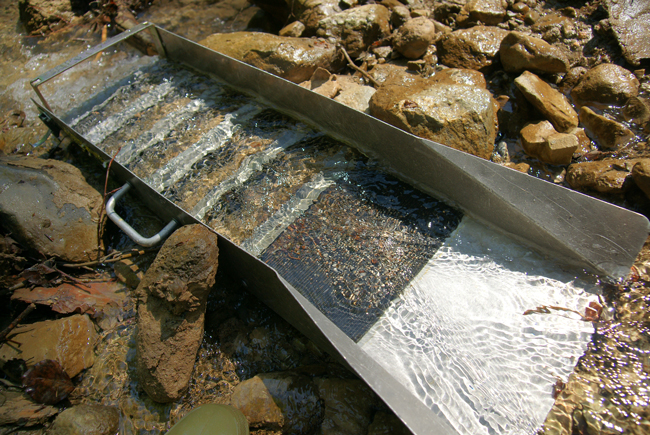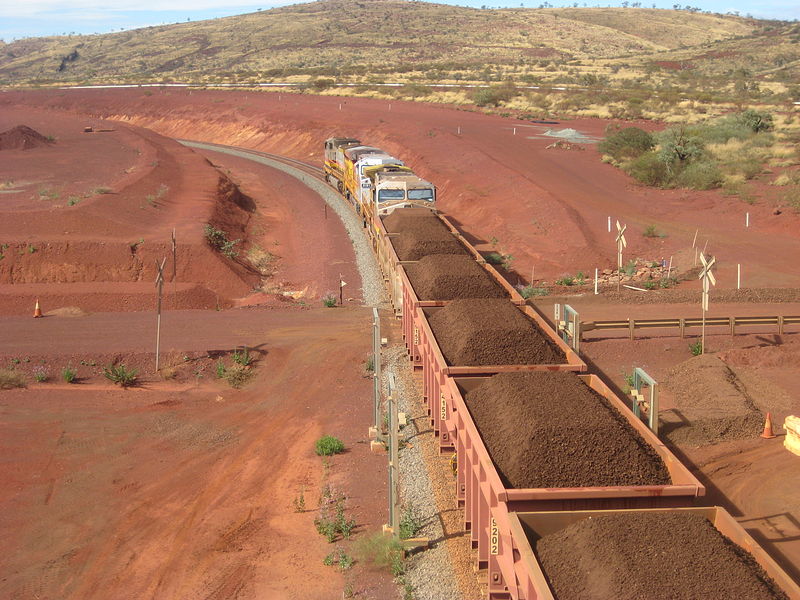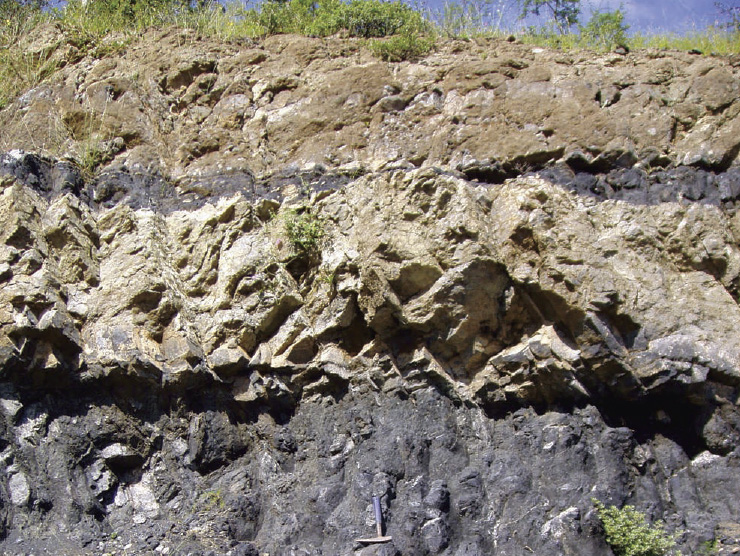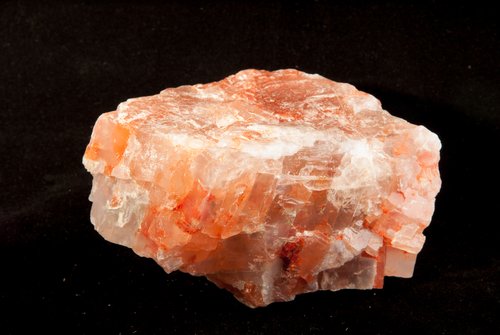Rare earth elements (REEs) are both essential to modern industry and are difficult to mine and extract. China has dominated the market for many years and has used their market share of more than 90% of the known reserves of REE’s to manipulate their price and supply. However, it’s possible that a recent announcement from Japan has radically changed the economics of REEs
Rare earth elements are not particularly rare in the earth’s crust – they have an average concentration of up to 220 ppm which is much higher than far more “common” minerals including copper and zinc. The difficulty is that only rarely are REE’s found concentrated enough to form an economic ore deposit.
The rare earths are seventeen elements: scandium, yttrium, plus the fifteen stuck at the bottom of the periodic table, from lanthanum to scandium known as the lanthanides. In physical appearance, most rare earths are silvery-grey metals. Not all occur naturally as an element.
REE are critical for many high-tech appliances and are probably present in the smartphone in your pocket. Technology developments have driven demand for and prices of rare earths up for many years.
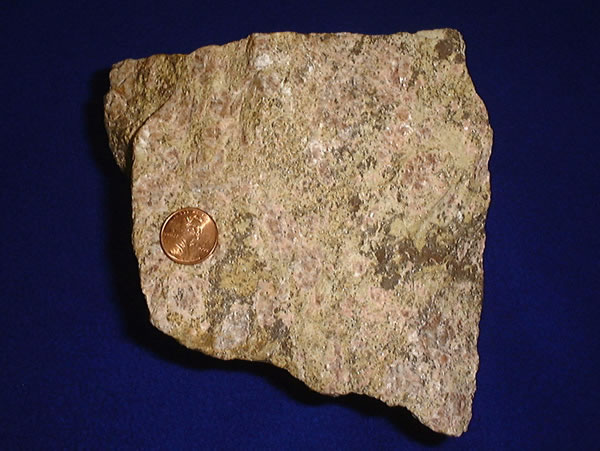
REE Ore Deposit Classification
REE deposits appear in a wide variety of geological environments. Those who design ore classification systems, struggle with the classification of REE deposits.
The most economically important REE deposits include in order of current production importance:
- alkaline igneous rocks: pegmatites and carbonatites
- residual deposits
- placer deposits
- undersea deposits
Alkaline Igneous REE Deposits.
Alkaline igneous rocks are quite rare, and their chemistry is not well understood. They are formed by the partial melting of deep mantle rocks, which subsequently rise and cool within the earth’s crust. Typically an alkaline magma is enriched in not just rare earth elements but also zirconium, niobium, strontium, barium, and lithium. As the magma ascends it changes chemically in response to a complex interaction of factors including temperature, pressure, and the chemistry of the surrounding rocks. This complex interaction results in the great variety of rare earth deposits observed. These are often very old rocks and are typically associated with stable continental shield areas. Later metamorphism can also occur, and greenschist-facies metamorphic belts have also considered as exploration targets for rare earths.
To date, the majority of rare earth mines are found within pegmatite. Associated minerals include tantalum and lithium. A pegmatite is a particularly coarse-grained, i.e. slow cooled silica-rich rock which are relatively small (up to a few 100m wide).
Examples of REE deposits associated with alkaline igneous rocks include Mountain Pass, California, Saima, China, and Ytterby, Sweden (yes, the element is named after the place).
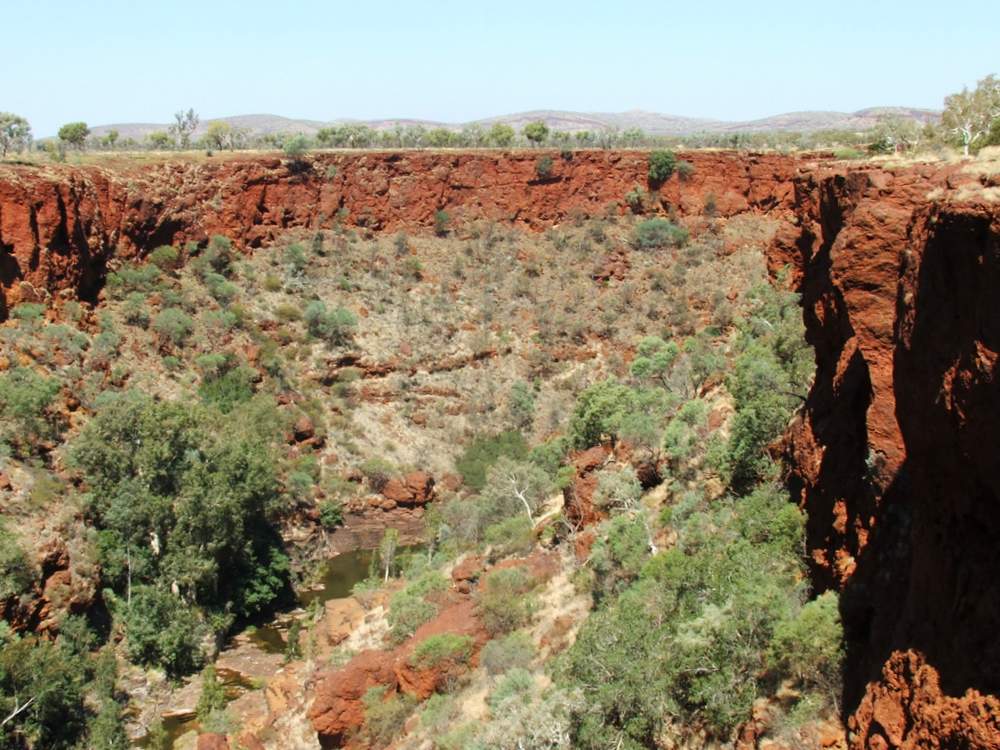
Residue Deposits
Deep weathering associated with tropical climates form soil called laterite which is not just iron and aluminium rich, but can also be enriched in rare earths. A layer rich in minerals forms at the base of the weathered laterite layer, above the unweathered rocks.
Both South China and Southeast Idaho have REE deposits associated with laterites and bauxite (aluminium ore).
Placer Deposits.
Like gold, rare earths are relatively heavy and can be concentrated in gravels by the action of water in streams and beaches. Placer deposits can either develop as a result of in-situ weathering, or be a result of weathering combined with water action to create alluvial deposits. Monazite and xenotime are the two minerals most commonly concentrated. Palaeoplacers are simply ancient placer sands which have been buried by subsequent deposits.
Examples of placer deposits of rare earth elements include tin-rich river placers in Malaysia, and palaeoplacers in Witwatersrand, South Africa, and Elliot Lake, Ontario.
Undersea Deposits
As most of the earth is covered with water, it stands to reason that there are significant ore reserves under it. The difficulties of both jurisdiction and the technology required has seen the mining industry be a late starter to the undersea minerals boom, compared to the oil and gas industry. In 2013, Japan announced very promising results from drilling near Minamiotri Island, 2000km south-east of Tokyo, in Japanese territorial waters. The samples are from depths of 5,800 (19,000ft), which is deeper than any commercially successful mining to date. The samples are also showing some thirty-times more concentrated REE’s than the Chinese deposits.
Chemistry and Extraction
REE’s are found in a huge variety of different minerals, and each deposit has a different range of rare earth elements. Processing is very complex. Unlike most metals which have very standard processing that varies little between mines, processing of rare earths is considerably more problematic.
Companies who develop a new REE deposit have to do extensive research to establish how to process the ore. The details of a deposit’s processing requirements can make or break the economics of a particular reserve.
The most common ores are bastnaesite (cerium, lanthanum and or yttrium carbonate fluorite), monazite (phosphate containing any of cerium, lanthanum, neodymium, samarium plus trace thorium and uranium).
Bastnaesite extraction involves complex multi-stage processing including multiple acid washes to concentrate out the various REE present.
Processing of radioactive monazite is toxic. China’s preparedness to deal with the risks, to both people and the environment of monazite extraction, is partly the reason for their dominant market position.
The Demand for Rare Earth Elements
REE are critical for many high-tech appliances and are present in the smartphone in your pocket. Technology developments have driven demand for and prices of rare earths up for many years.
The most economically REEs and their uses are:
- Scandium. Used as an alloy with aluminium for aerospace components, bicycles, and many other products that need a light and very strong alloy. Also used in light bulbs
- Lanthanum. A hybrid car’s nickel-metal hydride batteries contain 9kg (20lbs) of lanthanum. Other uses include vacuum tubes and lenses
- Cerium. The most abundant rare earth is used as a catalytic converter, as well as in alloys, and as a strong magnet.
- Europium. The most reactive REE is highly sought after because of its use in LED screens. Other uses include florescent lamps and genetic disease screening
Other rare earth elements have applications in nuclear reactors (promethium, samarium, gadolinium, dysprosium) magnets (samarium, holmium) and alloys (praseodymium)
Geopolitics
The Chinese dominance of 95% of the world’s REE supply has allowed it to restrict production to raise prices. China also limits the amount of ore that is exported, to encourage companies to setup manufacturing within China, to ensure REE supply.
If, however, the Japanese discovery is proved commercially feasible, the politics of rare earths could be changed forever. The Japanese find may be very significant as the reserves are quoted at some 6.8 million tonnes – which would satisfy Japanese industrial demand for over 200 years.
Japan is a huge importer of rare earths for its electronic industry and also has a historical and on-going history of political disputes with China. The strategic benefits for Japan of self-sufficiency of rare earths are obvious, but such a large discovery would also change the dynamics of the world-wide industry.

